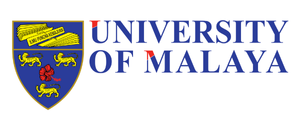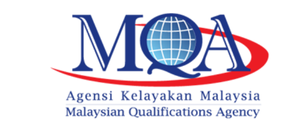SHORT COURSE
Overview
This short one-day course is a study of how we hear and how we can apply the different techniques to best aim the low frequencies to the desired audience area. It will include practical examples of Subwoofer array techniques, DSP alignment, loudspeaker placement, application examples and discussion on common issues faced with setting up a sub array in an outdoor or indoor venue.
Course Objectives
- Provide a basic understanding of engineering theory, its practice and applications
- Further enhance the skill set of experienced technicians with both the theory and application aspects of aiming LF energy towards the audience in the real-world
- Enhance experienced individuals wanting to stay competitive in a rapidly developing professional industry
Learning Outcomes
- Identify, describe and explain the differences in each type of subwoofer array.
- Explain and apply techniques in a manner that displays practical and real-world understanding.
- Develop skills and a critical understanding of subwoofer configurations and application that can be incorporated into their system designs.
Workload
The information below is provided as a guide to assist students in engaging appropriately with the course requirements.
This course consists of up to 7 hours of direct contact – 7 hours per day for the tutorials and hands-on experience, where participants will play an active role in the practice, refinement and extension of their knowledge and understanding.
Term
1 Day
Location
AES Academy, Kota Damansara
Clast Duration
7 Hours / Day
Requisites
Full-Time
Level
Entry Level
Assumed Knowledge
Previous knowledge and experience is preferred but not essential
Teaching Modes
- Tutorials will deliver a specific topic each week. The topic will consist of engineering theories, concepts and technologies in the field.
- Tutorials provide an opportunity to discuss and ask questions about the weekly lecture and topic for the course; reinforce concepts, ideas and explore experiences.
- Participants are required to be prepared to actively engage in discussion on the weekly topic.
- Hands-on training will sometimes contain presentations from the instructor, the training will largely be an opportunity for students to obtain assistance with their practical development, using the training to raise issues and solve problems.
- Finally, the hands-on training provide a forum by which students can begin to explore their own ideas and practice.











